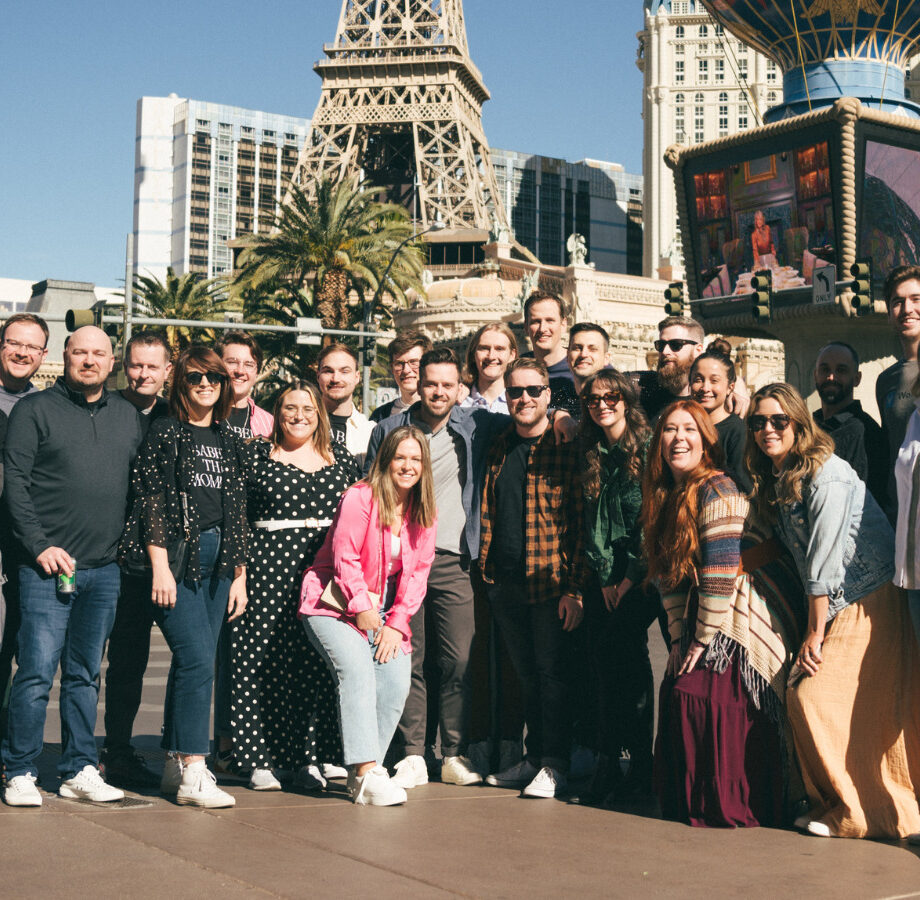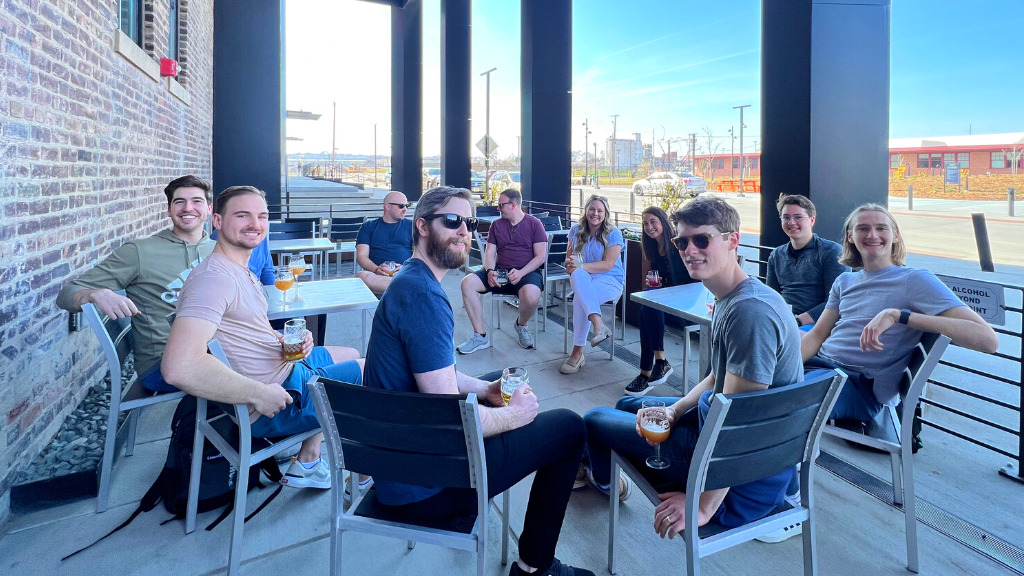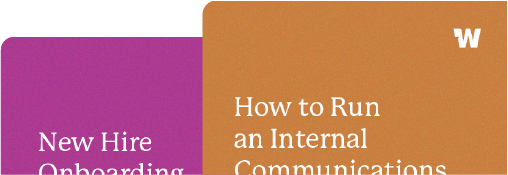3 steps to planning a successful company offsite or retreat


Picture this: You’ve just received an email from your boss with the subject line, “Get ready for an amazing team experience!” Your mind races with curiosity and a touch of excitement…then a pit in your stomach…You’re the one responsible for making this team retreat…exciting. Quick, grab a pen and paper because we’ve got you covered to make your next team experience a great one.
Define the event’s purpose and goals
First, what is the purpose of getting your team together? Below we’ll explore 4 main reasons for meeting and what happens at each of them. Which one is right for you? This determines your purpose.
Company Retreat
Picture this as a refreshing getaway for your team, but with a purpose! A company retreat is a focused gathering where team members come together outside of the regular work environment to engage in activities, discussions, and team-building exercises. It’s an opportunity to strengthen relationships, foster collaboration, and align everyone toward common goals. Unlike a typical meeting, a retreat usually spans over multiple days and includes a mix of work-related sessions and leisure activities to promote relaxation and rejuvenation.
Company Offsite
A company offsite is like taking your work on a field trip! It refers to a location away from the usual office setting where a team or department gathers to hold meetings, workshops, or training sessions. Company offsites are often organized to facilitate focused discussions, brainstorming, or strategic planning. Unlike a team retreat, offsites usually have a narrower focus on work-related objectives, with less emphasis on team building and relaxation activities. They are typically shorter in duration, ranging from a few hours to a couple of days.
Incentive Trip
Imagine getting rewarded for a job well done! An incentive is a motivational tool used by organizations to inspire and reward their employees for achieving specific targets or milestones. It can take various forms, such as trips, outings, bonuses, or other tangible rewards. While an incentive might involve a change of scenery and include elements of team building, its primary purpose is to recognize and appreciate individual or team accomplishments. Incentive programs aim to boost morale, drive motivation, and foster healthy competition among employees.
Meet-ups
Ah, the classic gathering to discuss business matters! A meeting is a formal or informal gathering where individuals or groups come together to exchange information, make decisions, share updates, or collaborate on projects. Unlike a team retreat, offsite, or incentive, meetings primarily focus on the efficient exchange of information, decision-making processes, and problem-solving, usually among a specific team within the company. They often follow a structured agenda and may not include team building or recreational activities.
Next, define your objective

Once you’ve selected your purpose, next it’s time to define the objectives for your team meeting in real life. What is happening right now in your organization that needs to be addressed? What’s going really well that maybe needs to be communicated? Let’s explore some objectives that will help you plan the perfect company team retreat, corporate offsite, incentive, or meetup.
Improved team dynamics:
A well-designed team retreat can help improve team dynamics and foster better communication and collaboration among team members. When team members understand each other’s strengths and weaknesses, they can work more effectively together and achieve better results.
Increased productivity:
Team retreats can help team members to focus on their goals and priorities and identify ways to work more efficiently. By providing a break from day-to-day distractions, a retreat can help team members recharge and return to work with renewed energy and focus.
Enhanced creativity and innovation:
Team retreats can provide a space for team members to generate new ideas and solutions to challenges they may be facing. By working together in a different environment, team members can think outside the box and develop creative solutions that they may not have considered otherwise.
Higher employee engagement and satisfaction:
A team retreat can provide team members with an opportunity to feel appreciated and valued, which can lead to higher levels of employee engagement and satisfaction. When employees feel that their employer is investing in their personal and professional development, they are more likely to be motivated to perform at a higher level.
Better alignment with organizational goals:
Team retreats can help team members better understand their roles in the organization and how their work contributes to the overall mission and goals. When team members are aligned with the organization’s goals, they are more likely to work together effectively to achieve those goals.
*IMPORTANT: Do not move on to the next step without doing this first*
Before diving headfirst into the exciting realm of planning a team event, it’s essential for the entire executive team to come together and engage in a thoughtful discussion about the goals and objectives they aim to achieve. This initial step sets the foundation for a successful event by aligning the leadership team’s vision and ensuring a unified direction. By collectively exploring and clarifying the purpose of the team event, executives can ensure that the event aligns with the organization’s broader strategic objectives. This collaborative discussion allows for different perspectives, insights, and expertise to be shared, leading to well-informed decisions and a comprehensive understanding of what the event should accomplish. It enables the executive team to establish clear expectations, define measurable outcomes, and collectively set the stage for a truly impactful team event that maximizes its potential to drive positive change and foster organizational growth.
*PRO TIP: Every decision moving forward must be in alignment with your goals and objectives. This is very useful if there is a team/committee that is executing and planning your event. Also, be asking yourself or others, would this decision allow us to….(fill in your objective)? If the answer is yes, add it. If the answer is no, don’t consider it. This makes the decision-making process much easier.
Determine your budget

Mastering the Art of Budgeting: How to create amazing experiences with or without much budget
While building a budget may not sound as thrilling as the event itself, careful budget planning is the secret ingredient to making your team gathering an unforgettable experience. So, grab your calculators, and let’s dive into the world of budgeting team travel and global events with a practical approach.
Define your budgetary boundaries:
Take a close look at your available resources and determine how much you can allocate for the event. Be realistic and consider factors such as transportation, accommodation, meals, activities, and any additional expenses. This bird’s-eye view of your financial landscape will guide your planning process and ensure you stay within your means.
Download SONA’s budget planning tool to make sure you don’t miss any details or line items.
Prioritize your must-haves:
Identify the essential elements that align with your event goals and objectives (you did this at the very beginning). Think about a specific location, team-building activities, or a guest speaker(s)…what components will really enhance your program. Rank these elements based on their significance and allocate your budget accordingly. Remember, prioritization allows you to invest your resources where they will have the greatest impact.
*If you are doing this activity as a committee, I highly recommend having a brainstorming session with all those involved. Get out those sticky notes and Sharpies and put your ideas in one location. Once you have them identified, organize them by asking yourself, does this idea align with our goals and objectives? Either add them to a yes or no pile.
Research and Compare:
Dive into the vast sea of options and conduct research on various vendors, venues, and service providers. Gather quotes, compare prices, and analyze the value each option brings to the table. Keep an eye out for any special offers, discounts, or package deals that align with your budget. A little extra legwork in this phase can uncover hidden gems that fit your financial framework.
Armed with your research, engage in open conversations with vendors and suppliers to negotiate favorable terms. Many providers are flexible and willing to accommodate your budget constraints. Be transparent about your financial limitations, share your objectives, and explore creative solutions together. You’ll be surprised at how negotiations can unlock opportunities for cost savings or added value.
*PRO TIP: SONA Events sources venues for your upcoming team retreats, company offsites, and meetups at no charge to you. SONA helps you find the perfect venue to host team events, negotiate the best rates for your group through contract negotiations and secure additional amenities you wouldn’t otherwise get (like free rooms and upgrades or additional services like free hosted events, etc.). This saves your team a huge amount of time and energy searching Google like it’s your full-time job.
Track your expenses:
As you progress with your planning, maintain a diligent eye on your expenses. Keep a comprehensive record of every dollar spent, including both planned and unforeseen costs. This meticulous tracking not only helps you stay within budget but also provides valuable insights for future event planning. It enables you to analyze your spending patterns, identify areas for improvement, and make informed decisions.
Prepare for unexpected surprises:
We call this the OH NO! line item. While we aim for seamless planning, it’s wise to prepare for unexpected surprises along the way. Set aside a contingency fund within your budget to account for any unforeseen expenses or last-minute adjustments. This buffer will provide peace of mind and allow you to adapt gracefully to any unexpected twists and turns that may arise.
*PRO TIP: One of the most important items to plan for are plane tickets. This cost can feel very unknown and can be a scary item to plan for. Contact SONA for a free flight analysis of getting your team onsite so your budget feels confident.
Depending on your final destination for your company retreat, team offsite, travel incentive, or meet-up, we tend to find that budgets range from $2500 per person (for a 3-day event) to $4500 per person for a 5-day event. Of course, all the decisions you make can increase or decrease your budget numbers.
We’ve journeyed through the exciting realms of setting goals and objectives and budget planning for your team retreat, company offsite, incentive, or meetup. By taking the time to define clear goals and objectives, you lay a solid foundation for a purpose-driven event that fosters collaboration, growth, and team spirit. Simultaneously, crafting a well-thought-out budget empowers you to make informed decisions, allocate resources wisely, and create an unforgettable experience within your financial means. Remember, these crucial steps are like navigational tools that steer you toward success, ensuring your team event is not only memorable but also aligned with your organization’s vision.
Looking for more tips? Here are 3 MORE steps to planning a successful company offsite including: finding a great venue, creating the perfect agenda for your team, and how to get your team excited about your next team event.
Next steps: Reserve your spot for our upcoming webinar: How to plan & communicate a company offsite! Learn how to plan a successful company offsite from beginning to end! We’ll walk through setting goals for your offsite, creating an effective agenda, communicating your plan to your team, and so much more.
Danielle Snelson is the Founder and CEO of SONA, a boutique group travel and event agency. Learn more about Danielle and the SONA team (and how they can help you plan your next team retreat) here.







